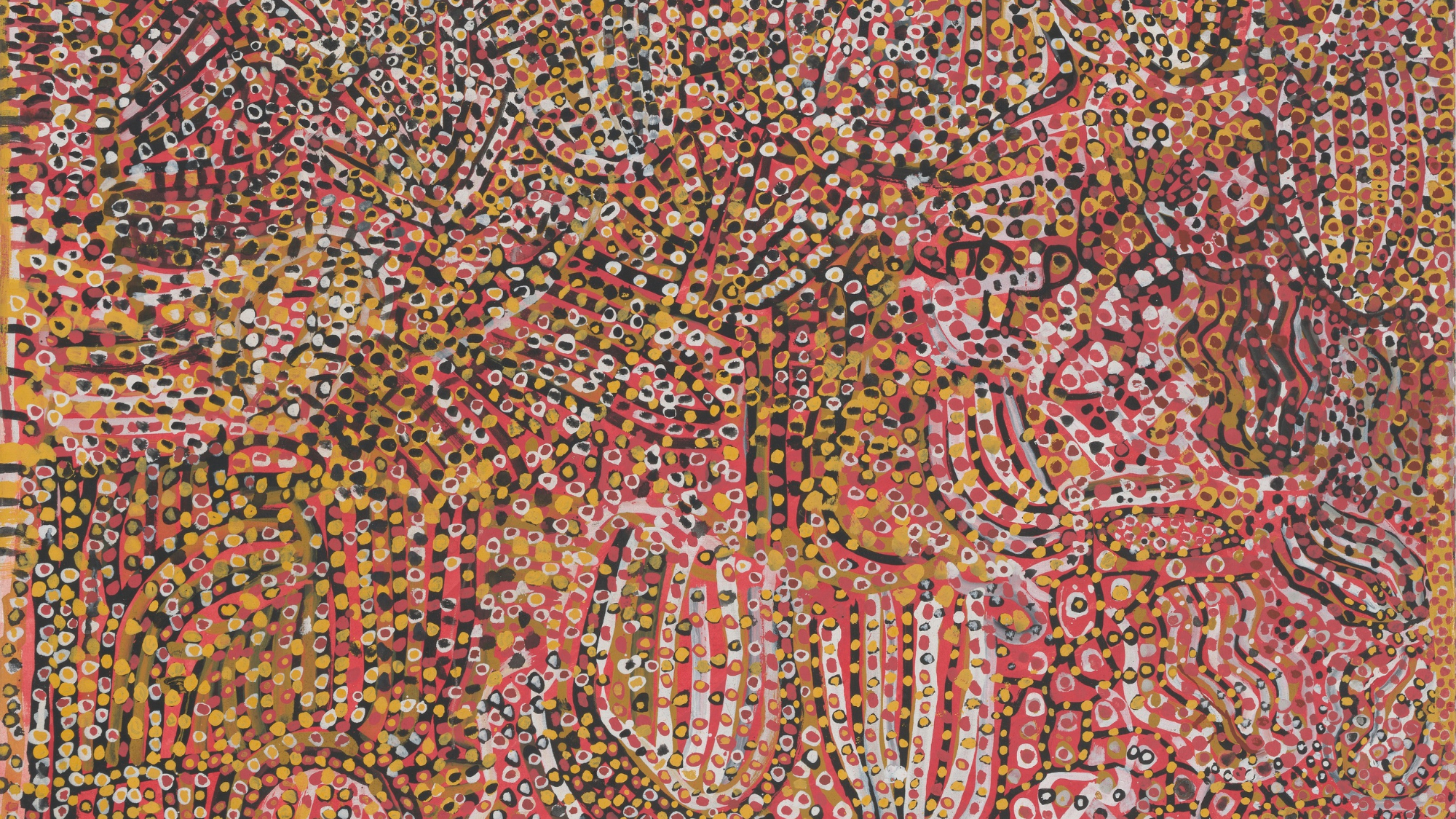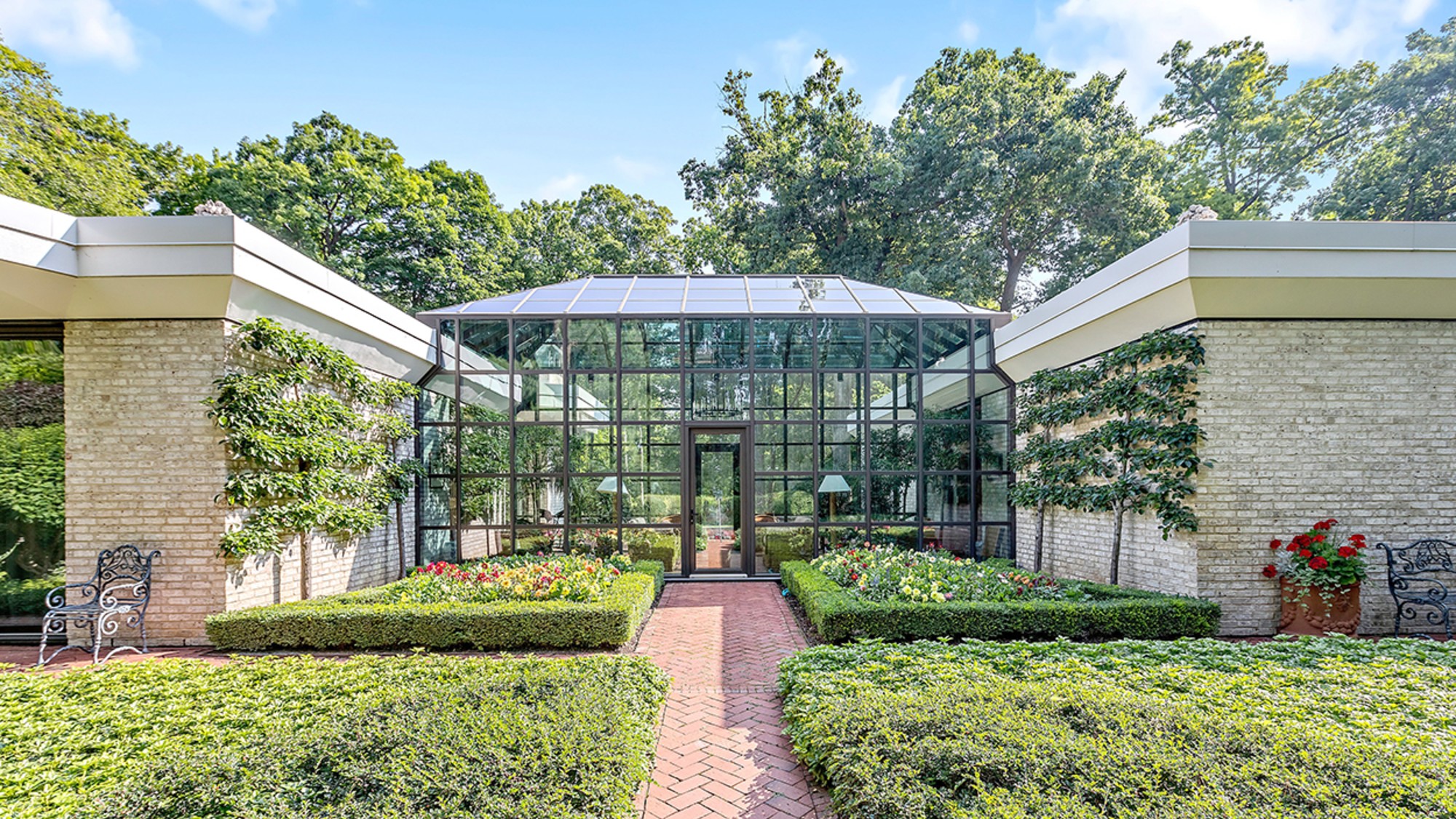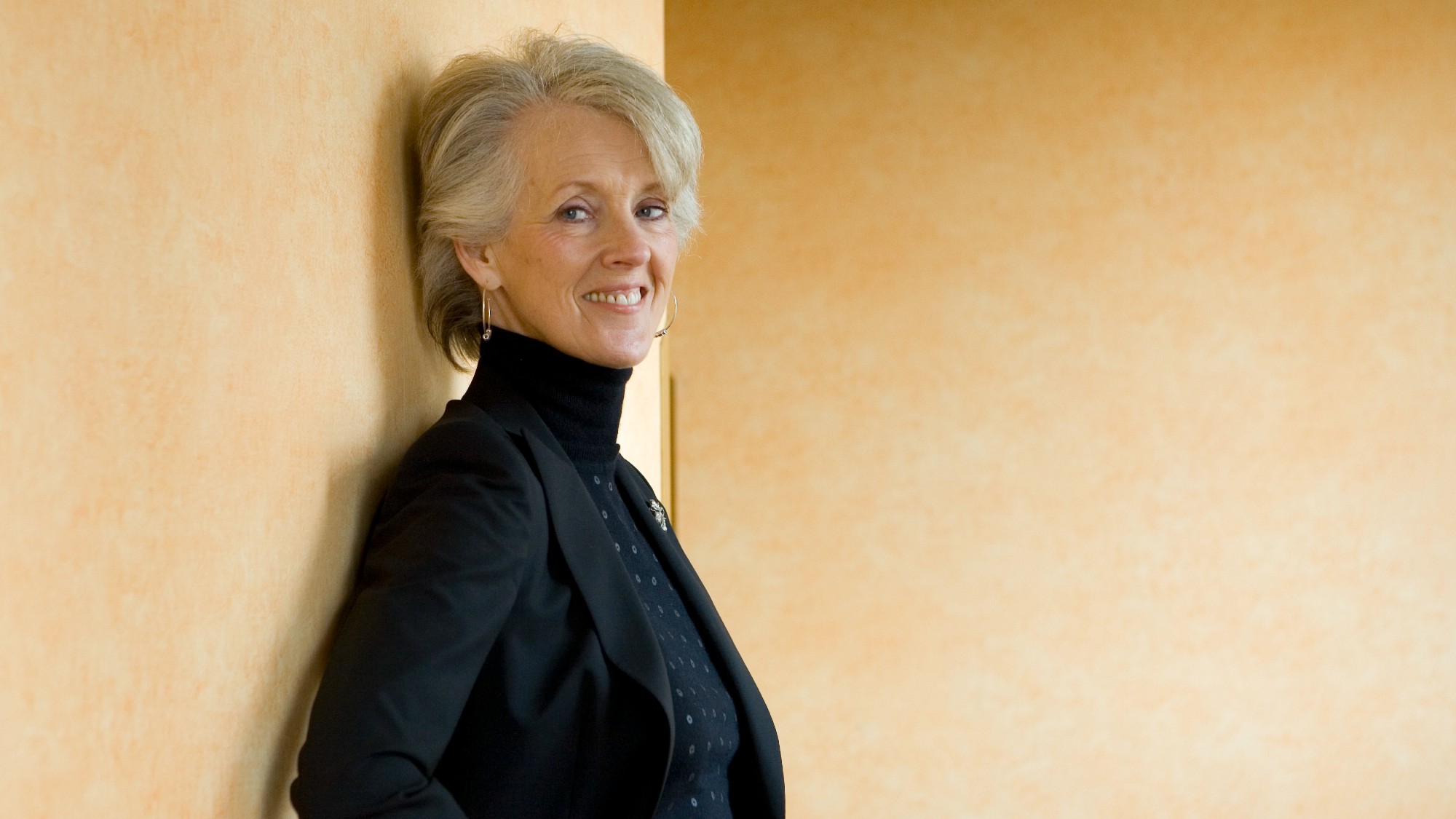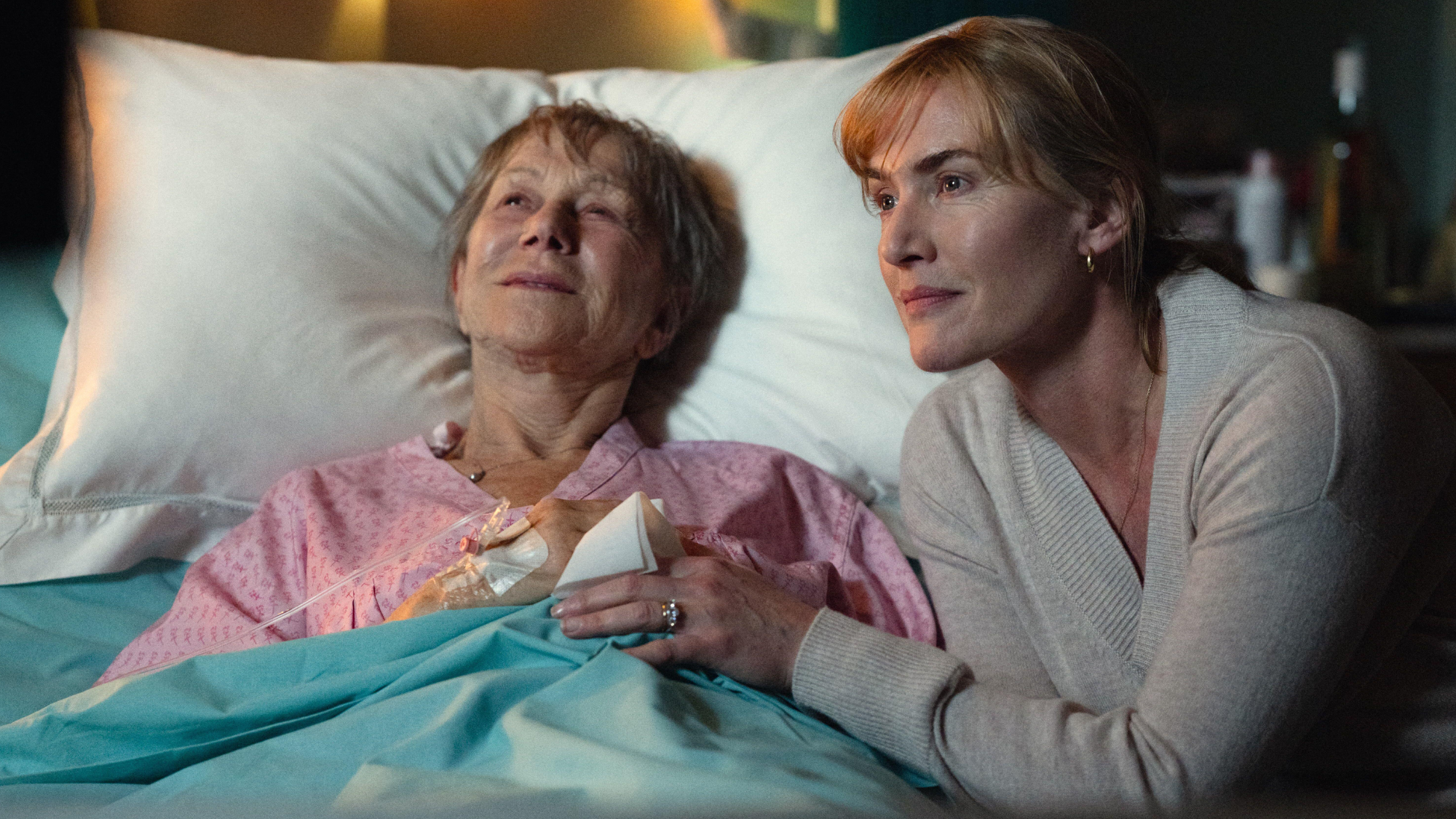Emily Kam Kngwarray: a 'fantastic' exhibition
The Tate Modern showcases a gripping tribute to a 'titan of Australian art'

You may have never heard of her, but in Australia the Aboriginal artist Emily Kam Kngwarray is a household name, said Nancy Durrant in The Times. An elder of the Anmatyerr communities of the sparsely populated Northern Territory, "Kam", as she was known, had produced around 3,000 paintings by the time of her death in 1996, aged around 80 (her birthdate is "hazy").
Remarkably, all of them were made in her final decade. They are pictures that teem with life, patterns of dashes, or dots, in colour configurations that give the impression of individual marks dancing before the eyes. To us, they might look abstract – some bear a resemblance to the work of, say, Jackson Pollock – but everything she made was "firmly rooted in her ancestral lands", "an extension of cultural traditions specific to her people".
While recognition came late, it was well deserved: her works have "a vitality, a dynamism, a beauty, depth and complexity that sets them apart". This is only the first major exhibition of her work in Europe. It brings together a "fantastic" selection of paintings, accompanied by archival videos of the artist at work; the curators have done a great job at filling in the cultural background. This is a gripping and long-overdue tribute to a "titan of Australian art".
The Week
Escape your echo chamber. Get the facts behind the news, plus analysis from multiple perspectives.

Sign up for The Week's Free Newsletters
From our morning news briefing to a weekly Good News Newsletter, get the best of The Week delivered directly to your inbox.
From our morning news briefing to a weekly Good News Newsletter, get the best of The Week delivered directly to your inbox.
Kngwarray spent much of her life doing agricultural and menial jobs, said Adrian Searle in The Guardian. She barely spoke English and generally worked for "rations", rather than money. Although she made batik textile pieces earlier in her life – some of which we see here – it was only when an Aboriginal organisation began distributing painting materials in the 1980s that she started to create the work for which she became famous.
While her canvases are accessible, "the imagery, motifs, iconography, and even spatial sense of Kngwarray's work come directly from her indigenous Anmatyerr culture": from communal body painting, sketches made in sand at ceremonies, ancestral stories. She was "hesitant about revealing" these meanings. You can, though, discern recurring features: footprints of emus in the sand; the vine of the pencil yam, a staple and sacred crop in Anmatyerr culture, from which the artist's name, Kam, derives.
Not everything here is great, said Alastair Sooke in The Daily Telegraph. Early canvases are so similar in style as to look "interchangeable": some resemble "star charts", others "aerial shots of arid landscapes". The Tate, however, treats them all with rather patronising reverence. In its second half, though, the show suddenly "takes flight": 1993's 22-panel painting "Alhalker Suite" is a work of "inspired, unbridled exuberance", formed of "blotches of wildflower-pink and clear-sky-blue", which are interspersed with "thick, gestural lines and squiggles". "The final room, filled with powerful compositions produced shortly before Kngwarray's death in 1996, burning bright against black backgrounds, is a knockout."
Tate Modern, London SE1 . Until 11 January 2026
A free daily email with the biggest news stories of the day – and the best features from TheWeek.com
-
 The best homes of the year
The best homes of the yearFeature Featuring a former helicopter engine repair workshop in Washington, D.C. and high-rise living in San Francisco
-
 Critics’ choice: The year’s top 10 movies
Critics’ choice: The year’s top 10 moviesFeature ‘One Battle After Another’ and ‘It Was Just an Accident’ stand out
-
 A luxury walking tour in Western Australia
A luxury walking tour in Western AustraliaThe Week Recommends Walk through an ‘ancient forest’ and listen to the ‘gentle hushing’ of the upper canopy
-
 Joanna Trollope: novelist who had a No. 1 bestseller with The Rector’s Wife
Joanna Trollope: novelist who had a No. 1 bestseller with The Rector’s WifeIn the Spotlight Trollope found fame with intelligent novels about the dramas and dilemmas of modern women
-
 Appetites now: 2025 in food trends
Appetites now: 2025 in food trendsFeature From dining alone to matcha mania to milk’s comeback
-
 Man vs Baby: Rowan Atkinson stars in an accidental adoption comedy
Man vs Baby: Rowan Atkinson stars in an accidental adoption comedyTalking Point Sequel to Man vs Bee is ‘nauseatingly schmaltzy’
-
 Goodbye June: Kate Winslet’s directorial debut divides critics
Goodbye June: Kate Winslet’s directorial debut divides criticsTalking Point Helen Mirren stars as the terminally ill English matriarch in this sentimental festive heartwarmer
-
 A Christmas Carol (or two)
A Christmas Carol (or two)The Week Recommends These are the most delightful retellings of the Dickens classic from around the country


